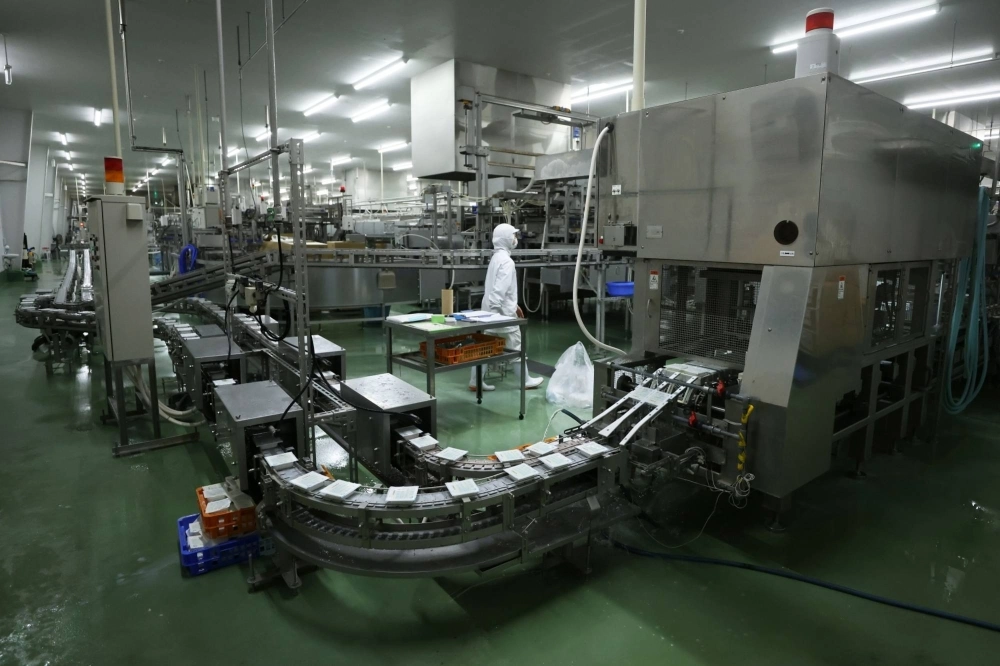Many of Japan’s tofu producers are struggling to stay in business, even as people eat more of the plant-based source of protein. Not Yamami, which is forecasting record profits thanks to automation and mass production.
At its newest factory at the foot of Mount Fuji, the tofu-maker, one of the few that’s listed, can produce 15,000 units of the bean curd each hour. That’s several times more than its rivals, the company says. Yamami is able to tap pristine groundwater with a stable temperature at the site — key for making tofu, an important part of Japanese cuisine for centuries.
Yamami expects to post all-time high profits and revenue in its financial year ending in June 2024. Its shares have soared 138% this year, beating all 10 of its Japanese packaged-food peers according to Bloomberg-compiled data, as well as the broad Topix and Nikkei 225 indexes. Its success stands in contrast to domestic competitors, who are suffering as high resource prices worsen their already tight margins.



















With your current subscription plan you can comment on stories. However, before writing your first comment, please create a display name in the Profile section of your subscriber account page.